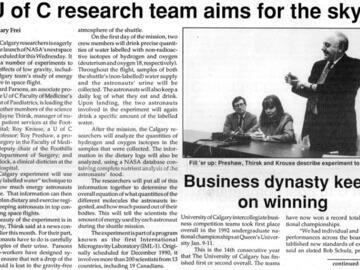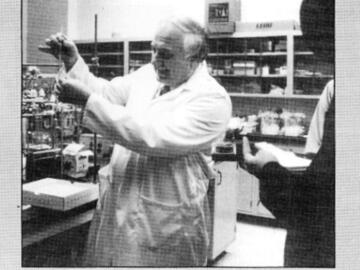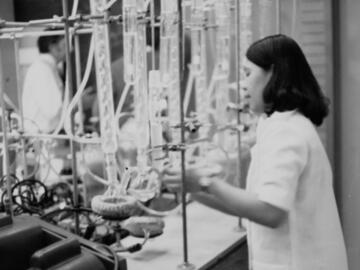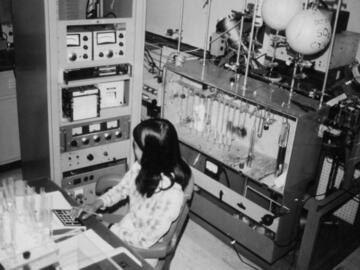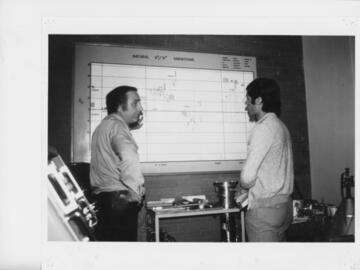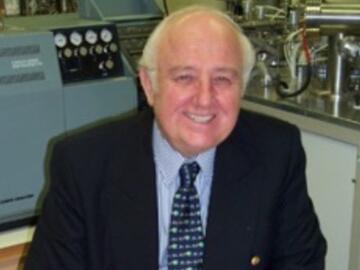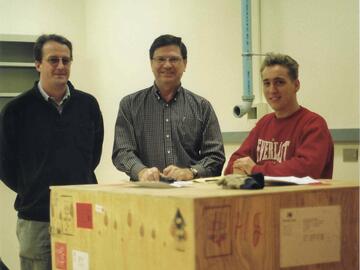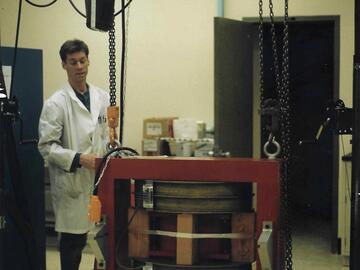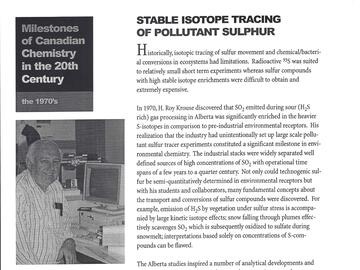
Lab History
Where it all began.
The first isotope laboratory was established in the Department of Physics and Astronomy by Dr. H. Roy Krouse in 1971. As a Physicist, Roy built many of the mass spectrometers, including magnetic sector thermal ionization and gas source instruments. At the time, the application of isotope abundance data was at a very early stage and largely limited to geochronology (U/Th or Rb/Sr age-dating) and geochemical investigations involving carbon, oxygen, and sulfur. One critical aspect for the growth of the laboratory was the realization of the potential applications into new fields including the impact of human activities on the environment and food and forensic sciences. This necessarily involved the collaboration with colleagues in disciplines including Chemistry, Biology, Geology, Archaeology and the Environmental Sciences. Thus, the isotope laboratory quickly became a meeting point for scientists keen to develop innovative analytical tools. This remains a vital part of the laboratory’s activities to this day. The realization of reliable data was possible with the skilled work of Nenita Lozano and Jesusa Pontoy, who worked with Roy from the beginning.
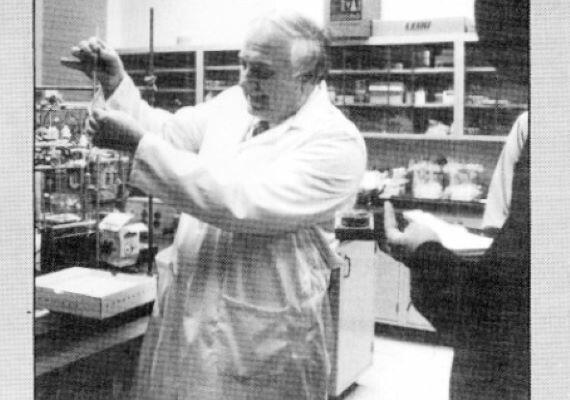
H. Roy Krouse
H. Roy Krouse was the principal investigator for many decades until his retirement in 2000. In 2001 he was awarded the CAP Medal for Outstanding Achievement in Industrial and Applied Physics. He remained an active member of the laboratory as an Associate Professor with the University of Calgary until 2010.
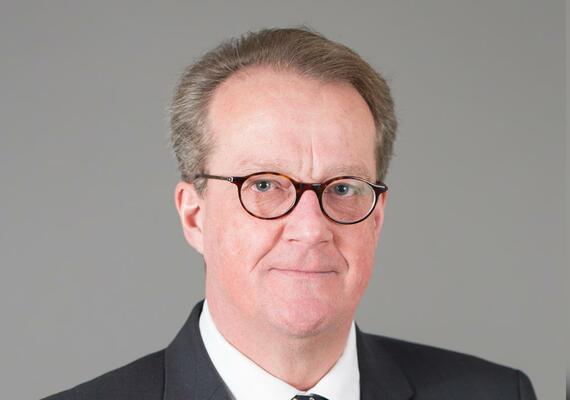
Expansion of the Lab in the New Millennium
Bernhard Mayer joined the isotope laboratory from Bochum, Germany in 1997. Bernhard is now the Principal Investigator of the Applied Geochemistry Group in the Department of Geosciences at the UofC. Ann-Lise Norman joined the isotope laboratory in 1998, coming from the Department of Earth and Atmospheric Chemistry at the University of Toronto. Mike Wieser (a former PhD student in the laboratory) joined as Assistant Professor in the department in 1999.
Michael Wieser
On his arrival, Mike brought a NIST 12/90 thermal ionization mass spectrometer and established the laboratory’s clean room, specifically designed to process low quantities of metal elements.
In 2009, the laboratory was successful in receiving funding for a ThermoFisher multiple collector Thermal Ionization Mass Spectrometer and a multiple collector Inductively Coupled Plasma Mass Spectrometer. These two instruments are the foundation for the research and training activities in the group to this day.

